Monitor Object -- Rainer Grimm
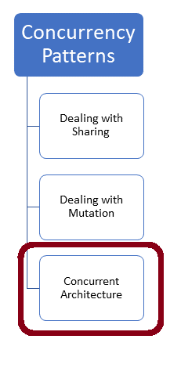 The Monitor Object design pattern synchronizes concurrent member function execution to ensure that only one member function runs within an object at a time. It also allows an object's member functions to schedule their execution sequences cooperatively.
The Monitor Object design pattern synchronizes concurrent member function execution to ensure that only one member function runs within an object at a time. It also allows an object's member functions to schedule their execution sequences cooperatively.
Monitor Object
by Rainer Grimm
From the article:
Problem
If many threads access a shared object concurrently, the following challenges exist.
- Due to the concurrent access, the shared object must be protected from non-synchronized read and write operations to avoid data races.
- The necessary synchronization should be part of the implementation, not the interface.
- When a thread is done with the shared object, a notification should be triggered so the next thread can use the shared object. This mechanism helps avoid and improves the system's overall performance.
- After the execution of a member function, the invariants of the shared object must hold.
Solution
A client (thread) can access the Monitor Object's synchronized member functions, and due to the monitor lock, only one synchronized member function can run at any given time. Each Monitor Object has a monitor condition that notifies the waiting clients.

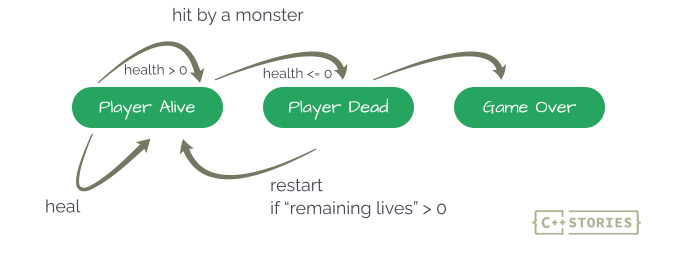
 The latest major version of the
The latest major version of the 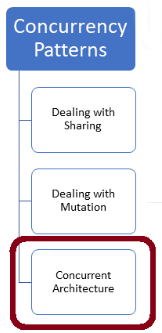 The active object design pattern decouples method execution from method invocation for objects that each reside in their own thread of control.The goal is to introduce concurrency, by using asynchronous method invocation and a scheduler for handling requests.
The active object design pattern decouples method execution from method invocation for objects that each reside in their own thread of control.The goal is to introduce concurrency, by using asynchronous method invocation and a scheduler for handling requests.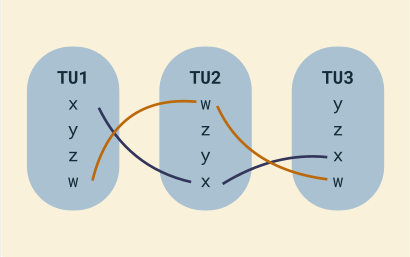 A few years ago, I showed an interesting implementation for self-registering classes in factories. It works, but one step might be at the edge of Undefined behavior. Fortunately, with C++20, its new constinit keyword, we can update the code and ensure it’s super safe.
A few years ago, I showed an interesting implementation for self-registering classes in factories. It works, but one step might be at the edge of Undefined behavior. Fortunately, with C++20, its new constinit keyword, we can update the code and ensure it’s super safe.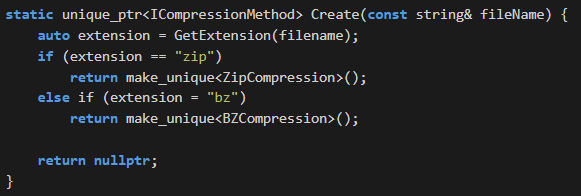
 You may have a class that you want to participate in RVO or NRVO, but you also don’t want it to be moved. For example, it may contain a std::mutex, which is not movable. But you nevertheless have to declare a move constructor. What can you do?
You may have a class that you want to participate in RVO or NRVO, but you also don’t want it to be moved. For example, it may contain a std::mutex, which is not movable. But you nevertheless have to declare a move constructor. What can you do? Sorting algorithms have been thoroughly studied. Kevlin Henney takes an unexpected paradigm journey into sleep sort.
Sorting algorithms have been thoroughly studied. Kevlin Henney takes an unexpected paradigm journey into sleep sort. std::move can allow the efficient transfer of resources from object to to object. Andreas Fertig reminds us that using std::move inappropriately can make code less efficient.
std::move can allow the efficient transfer of resources from object to to object. Andreas Fertig reminds us that using std::move inappropriately can make code less efficient. Is it possible to extend a value type in C++? Alf Steinbach describes how to extend enum values.
Is it possible to extend a value type in C++? Alf Steinbach describes how to extend enum values.